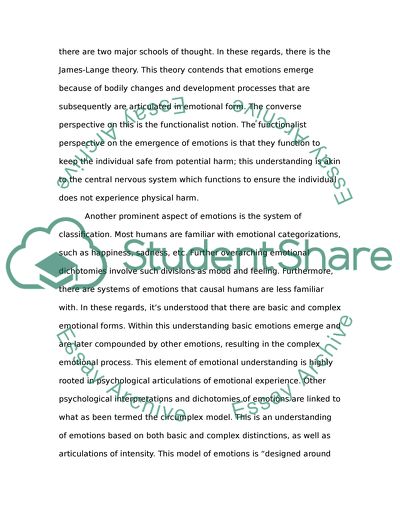Cite this document
(“Emotions Research Paper Example | Topics and Well Written Essays - 1000 words”, n.d.)
Retrieved from https://studentshare.org/psychology/1432964-emotions
Retrieved from https://studentshare.org/psychology/1432964-emotions
(Emotions Research Paper Example | Topics and Well Written Essays - 1000 Words)
https://studentshare.org/psychology/1432964-emotions.
https://studentshare.org/psychology/1432964-emotions.
“Emotions Research Paper Example | Topics and Well Written Essays - 1000 Words”, n.d. https://studentshare.org/psychology/1432964-emotions.


